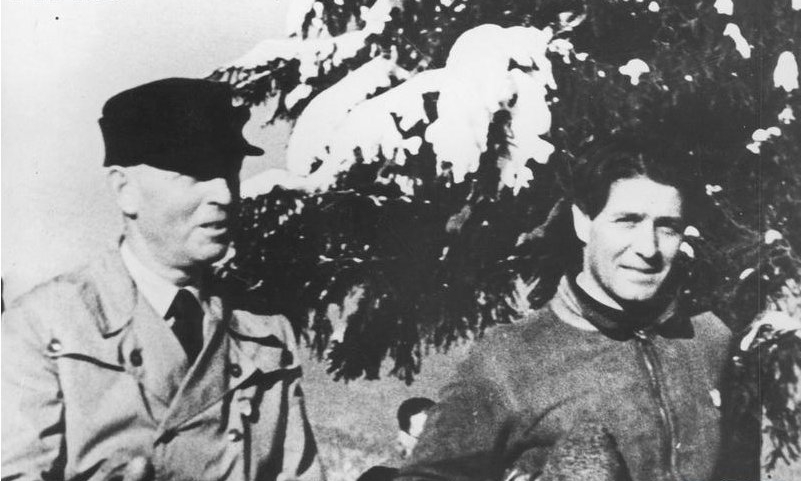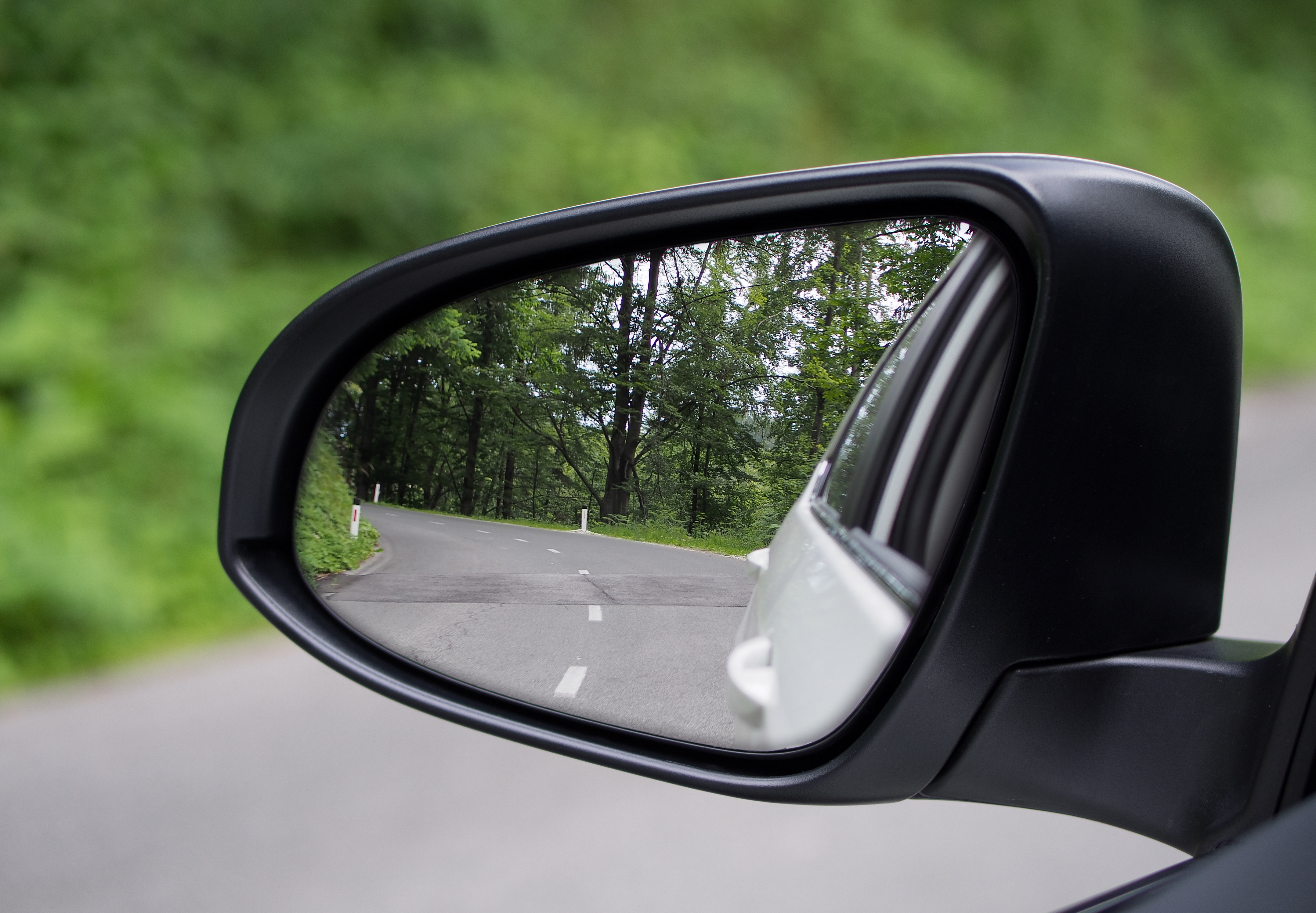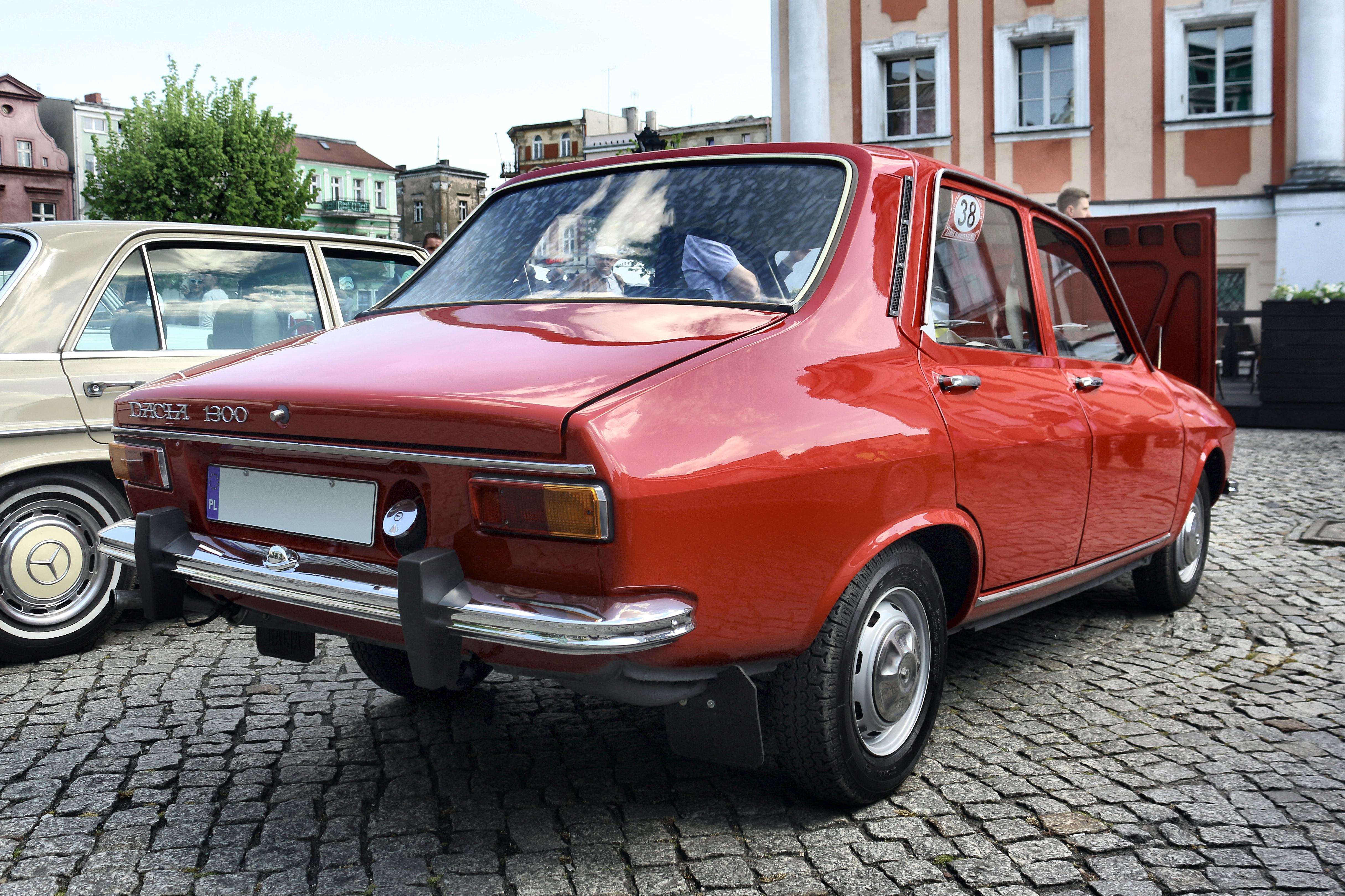|
Dacia (car)
S.C. Automobile Dacia S.A., commonly known as Dacia (), is a Romanian car manufacturer that takes its name from Dacia, the historical region that constitutes present-day Romania. The company was established in 1966. In 1999, after 33 years, the Romanian government sold Dacia to the French car manufacturer Renault, Groupe Renault. It is Romania's largest company by revenue and the largest exporter, constituting 8% of the country's total exports in 2018. In 2024, the Dacia marque sold 676,340 passenger and commercial vehicles. From January 2021 onwards the Dacia company became part of Renault's Dacia-Lada business unit. In May 2022, Renault sold Lada's parent company AvtoVAZ to Russian state-owned institute NAMI (automotive institute), NAMI. History The first facility in the area was built between 1942 and 1945, as an extension of the Industria Aeronautică Română, IAR aircraft manufacturer. The new factory, built in the Colibași-Pitești area under the order of Marshal Ion Ant ... [...More Info...] [...Related Items...] OR: [Wikipedia] [Google] [Baidu] |
Geneva International Motor Show
The Geneva International Motor Show was an annual auto show held in March in the Swiss city of Geneva. The show was hosted at the Palexpo, a convention centre located next to the Geneva Cointrin International Airport. The Salon was organised by the Organisation Internationale des Constructeurs d'Automobiles, and was considered an important major international auto show. First held in 1905, the Salon hosted almost all major internal combustion engined models in the history of the automobile, along with benzene- and steam-powered cars from the beginning of the century. Exotic supercars often steal the spotlight during their debuts at the show. Prototypes, new equipment, technical breakthroughs, international partnerships, as well as political and social debates, have been announced at the exhibition. The show was regarded as a level playing field for the world's automakers, aided by the fact Switzerland lacked an auto industry of its own. The Geneva International Motor Show was n ... [...More Info...] [...Related Items...] OR: [Wikipedia] [Google] [Baidu] |
Ion Antonescu
Ion Antonescu (; ; – 1 June 1946) was a Romanian military officer and Mareșal (Romania), marshal who presided over two successive Romania during World War II, wartime dictatorships as Prime Minister of Romania, Prime Minister and ''Conducător'' during most of World War II. Having been responsible for facilitating the Holocaust in Romania, he was overthrown in 1944, before being tried for war crimes and executed two years later in 1946. A Romanian Army career officer who made his name during the 1907 Romanian peasants' revolt, 1907 peasants' revolt and the Romania in World War I, World War I Romanian campaign, the antisemitic Antonescu sympathized with Far-right politics, far-right and Fascism, fascist politics. He was a military attaché to France and later Chief of the Romanian General Staff, Chief of the General Staff, briefly serving as Ministry of National Defense (Romania), Defence Minister in the National Christian cabinet of Octavian Goga as well as the subsequent F ... [...More Info...] [...Related Items...] OR: [Wikipedia] [Google] [Baidu] |
Romanian Communist Party
The Romanian Communist Party ( ; PCR) was a communist party in Romania. The successor to the pro-Bolshevik wing of the Socialist Party of Romania, it gave an ideological endorsement to a communist revolution that would replace the social system of the Kingdom of Romania. After being outlawed in 1924, the PCR remained a minor and illegal grouping for much of the interwar period and submitted to direct Comintern control. During the 1920s and the 1930s, most of its activists were imprisoned or took refuge in the Soviet Union, which led to the creation of competing factions that sometimes came into open conflict. That did not prevent the party from participating in the political life of the country through various front organizations, most notably the Peasant Workers' Bloc. In 1934–1936, PCR reformed itself in the mainland of Romania properly, with foreign observers predicting a possible communist takeover in Romania. The party emerged as a powerful actor on the Romanian political ... [...More Info...] [...Related Items...] OR: [Wikipedia] [Google] [Baidu] |
Side-view Mirror
A side-view mirror (or side mirror), also known as a door mirror and often (in the UK) called a wing mirror, is a mirror placed on the exterior of motor vehicles for the purposes of helping the driver see areas behind and to the sides of the vehicle, outside the driver's peripheral vision (in the " blind spot"). Almost all modern cars mount their side mirrors on the doors—normally at the A-pillar—rather than the wings (the portion of the body above the wheel well). The side mirror is equipped for manual or remote vertical and horizontal adjustment so as to provide adequate coverage to drivers of differing height and seated position. Remote adjustment may be mechanical by means of bowden cables, or may be electric by means of geared motors. The mirror glass may also be electrically heated and may include electrochromic dimming to reduce glare to the driver from the headlamps of following vehicles. Increasingly, the side mirror incorporates the vehicle's turn signal rep ... [...More Info...] [...Related Items...] OR: [Wikipedia] [Google] [Baidu] |
Bucharest
Bucharest ( , ; ) is the capital and largest city of Romania. The metropolis stands on the River Dâmbovița (river), Dâmbovița in south-eastern Romania. Its population is officially estimated at 1.76 million residents within a greater Bucharest metropolitan area, metropolitan area of 2.3 million residents, which makes Bucharest the List of cities in the European Union by population within city limits, 8th most-populous city in the European Union. The city area measures and comprises 6 districts (''Sectors of Bucharest, Sectoare''), while the metropolitan area covers . Bucharest is a major cultural, political and economic hub, the country's seat of government, and the capital of the Muntenia region. Bucharest was first mentioned in documents in 1459. The city became the capital in 1862 and is the centre of Romanian media, culture, and art. Its architecture is a mix of historical (mostly History of architecture#Revivalism and Eclecticism, Eclectic, but also Neoclassical arc ... [...More Info...] [...Related Items...] OR: [Wikipedia] [Google] [Baidu] |
Dacia 1300
The Dacia 1300 () is a medium-sized family automobile, car based on the Renault 12 that was built during the Cold War by Romanian auto maker Dacia (car), Dacia. The "1300" stands for the engine displacement. The first Dacia 1300 left the assembly line on 23 August 1969. On 21 July 2004, the last Dacia 1310 (sedan version), number 1 959 730, rolled out the gates of the Mioveni production facility, just one month before its 35th anniversary. History Dacia 1300 The Socialist Republic of Romania, Romanian government of the 1960s had decided to acquire the tooling and basic design of a western car to decrease Romania's reliance on imported consumer goods. Terms stated that the vehicle had to be inexpensive, large enough for a family, and powered by an engine displacing not more than 1.3 litres. Offers came from Alfa Romeo, Fiat, Austin, DKW, Peugeot among others, but the winner was the Renault 12. The choice of a French design was not only political but also technical; Romania was a ... [...More Info...] [...Related Items...] OR: [Wikipedia] [Google] [Baidu] |
Nicolae Ceausescu Driving The First Dacia Car
{{disambig ...
Nicolae may refer to: * Nicolae (name), an Aromanian and Romanian name * ''Nicolae'' (novel), a 1997 novel See also *Nicolai (other) *Nicolao Nicolao is an Italian given name and a surname. It may refer to the following: Given name *Nicolao Civitali (1482 – after 1560), Italian sculptor and architect *Nicolao Colletti (18th century), Italian mathematician *Nicolao Dorati (c. 1513 – 1 ... [...More Info...] [...Related Items...] OR: [Wikipedia] [Google] [Baidu] |
Dacia 1100
The Dacia 1100 was the first model of Automobile#Passenger cars, passenger car produced by the Romanian manufacturer Automobile Dacia, Dacia, being a knock-down kit assembly of the French Renault 8 model. Between 1968 and 1971, 37.546 cars were produced in Romania. Licensing agreement In 1965, Nicolae Ceaușescu was elected first secretary of the Romanian Communist Party, and he decided that the foreign currency effort spent on importing cars needed to be reduced. To start production as quickly as possible, and in the absence of a modern domestic industry to develop a new car, the Central Committee of the Party launched a tender for the manufacture of a mid-range car with a 1000-1300 cc engine and an annual production of 40,000-50,000 units. The following companies and models entered the tender: * Alfa Romeo 105/115 Series Coupés, Alfa Romeo GT 1300 (launched in 1965) * Fiat 1100, Fiat 1100D (launched in 1957) * Mini, Morris Mini (launched in 1959) * Peugeot 204 (launched in A ... [...More Info...] [...Related Items...] OR: [Wikipedia] [Google] [Baidu] |
Renault 8
The Renault 8 (Renault R8 until 1964) is a rear-engined, rear-wheel drive small family car produced by the French manufacturer Renault in the 1960s and early 1970s. It also formed the basis for the larger Renault 10, introduced in 1965. The 8 was launched in 1962 and ceased production and sales in France in 1973. By then the related Renault 10 had already been replaced, two years earlier, by the front wheel drive Renault 12. They were produced in Bulgaria until 1970 (see Bulgarrenault), and an adapted version of the Renault 8 continued to be produced in Spain until 1976. In Romania, a version of the 8 was produced under license between 1968 and 1972 as the Dacia 1100. In total 37,546 Dacia 1100s were built. Renault 8 Launch The R8 (model R1130) was released in June 1962 and was based on the Renault Dauphine, with which it shared its basic architecture and its wheelbase. The style, closely following that of the first prototype produced, at unusually short notice, by Phil ... [...More Info...] [...Related Items...] OR: [Wikipedia] [Google] [Baidu] |
Renault 12
The Renault 12 is a mid-size family car introduced by French automaker Renault at the Paris Motor Show in October 1969 and produced in France until 1980. Available as a saloon (''Berline'') and estate (''Break''), it was also produced under licence in many countries around the globe into the early 21st century. In its first few years the 12 received praise from the European press for its spacious, comfortable interior, its styling, its performance and its low fuel consumption. However it fared worse in the North American press: in a test of the 1974 model, ''Road & Track'' was critical of the engine's "obtrusive" noise, and called the heavy, non-power steering "a serious design flaw". They also gave it "very poor marks" for the ventilation system. Renault 12 production and sales ended in western Europe in 1980, but the model continued to be produced and sold by Renault affiliates elsewhere. The last R12 was produced in 2000 in Turkey, while Romanian automaker Dacia continued pr ... [...More Info...] [...Related Items...] OR: [Wikipedia] [Google] [Baidu] |
Pitești
Pitești () is a city in Romania, located on the river Argeș (river), Argeș. The capital and largest city of Argeș County, it is an important commercial and industrial center, as well as the home of two universities. Pitești is situated in the historical region of Muntenia. It lies on the A1 freeway (Romania), A1 freeway connecting the city directly to the national capital Bucharest, being an important railway junction, with a classification yard in nearby Bălilești. The city houses the Arpechim Refinery, Arpechim oil refinery, and is a marketing center for the Automotive industry in Romania, automotive industry, in particular, Automobile Dacia. Inhabited since Prehistory of the Balkans, prehistoric times but first mentioned in the 14th century, it developed as a trading town in northern Wallachia, serving as an informal residence for various Rulers of Wallachia, Wallachian Princes until the 18th century. From the 19th century and until the interwar period, it was an importa ... [...More Info...] [...Related Items...] OR: [Wikipedia] [Google] [Baidu] |







